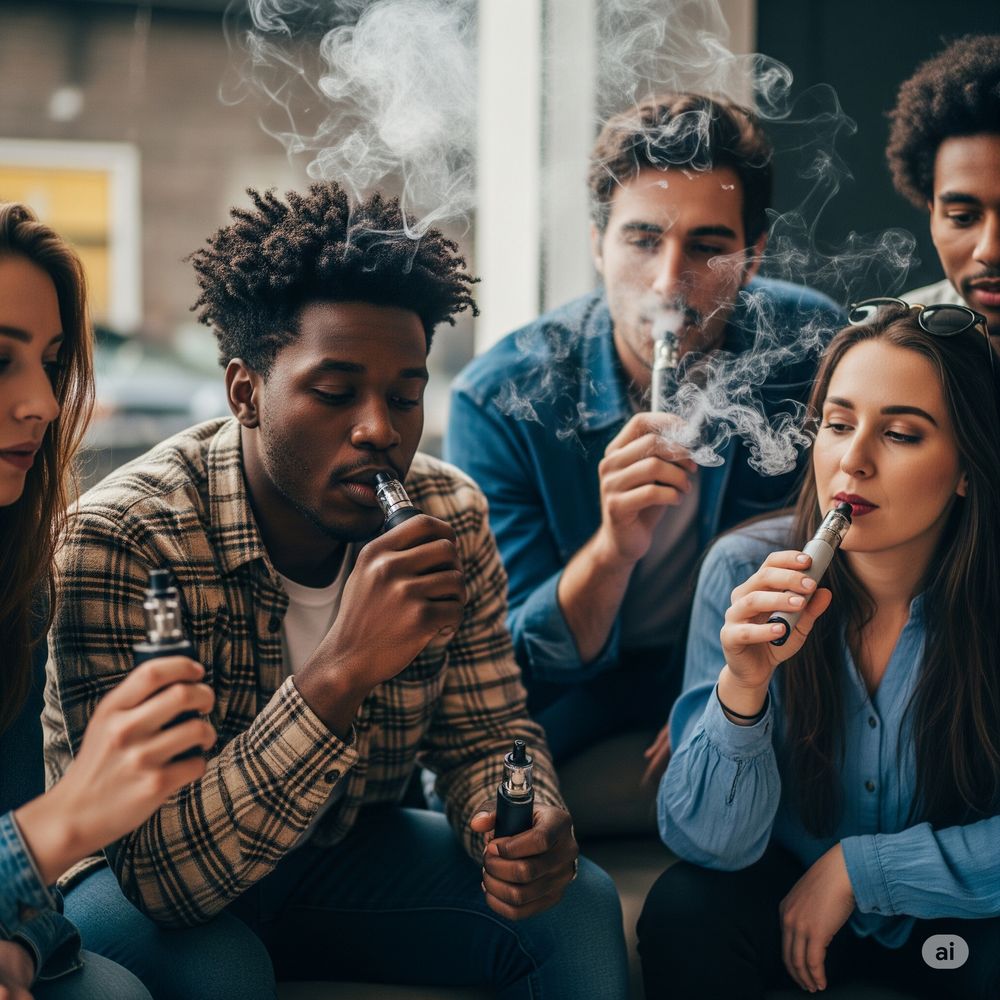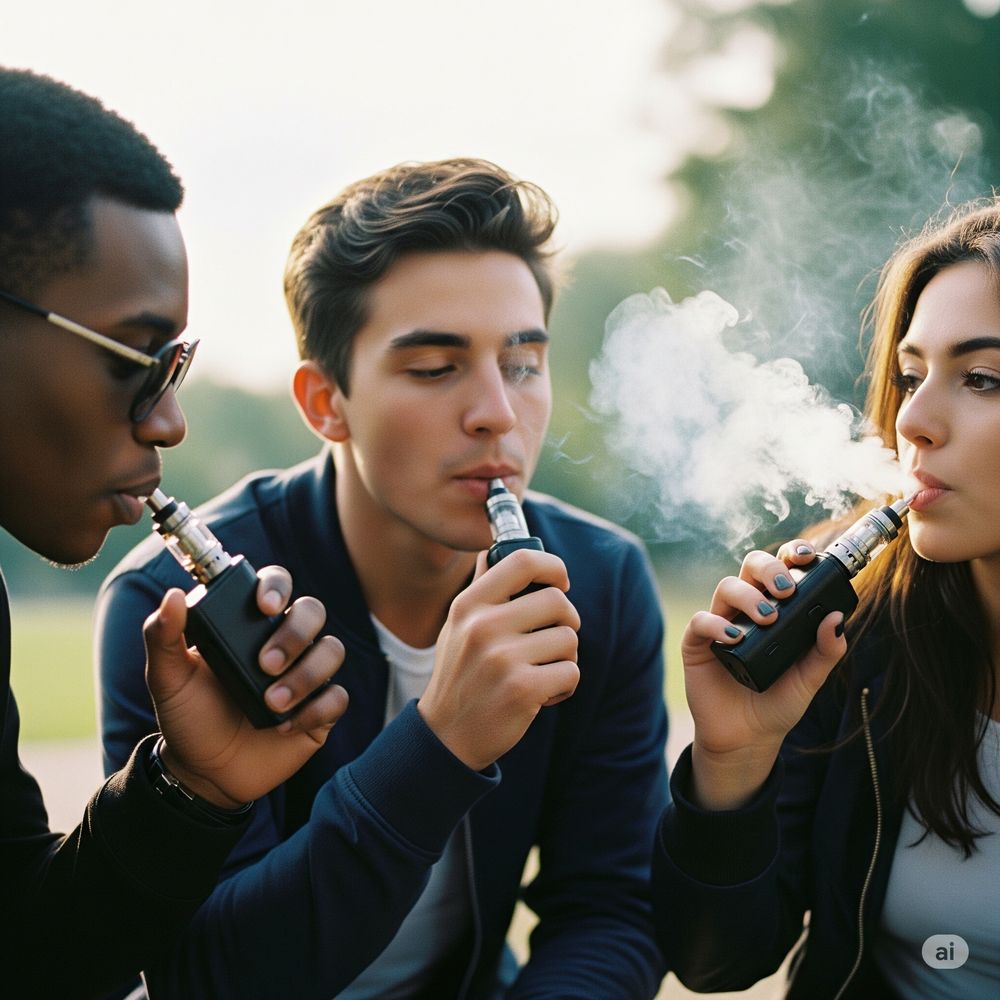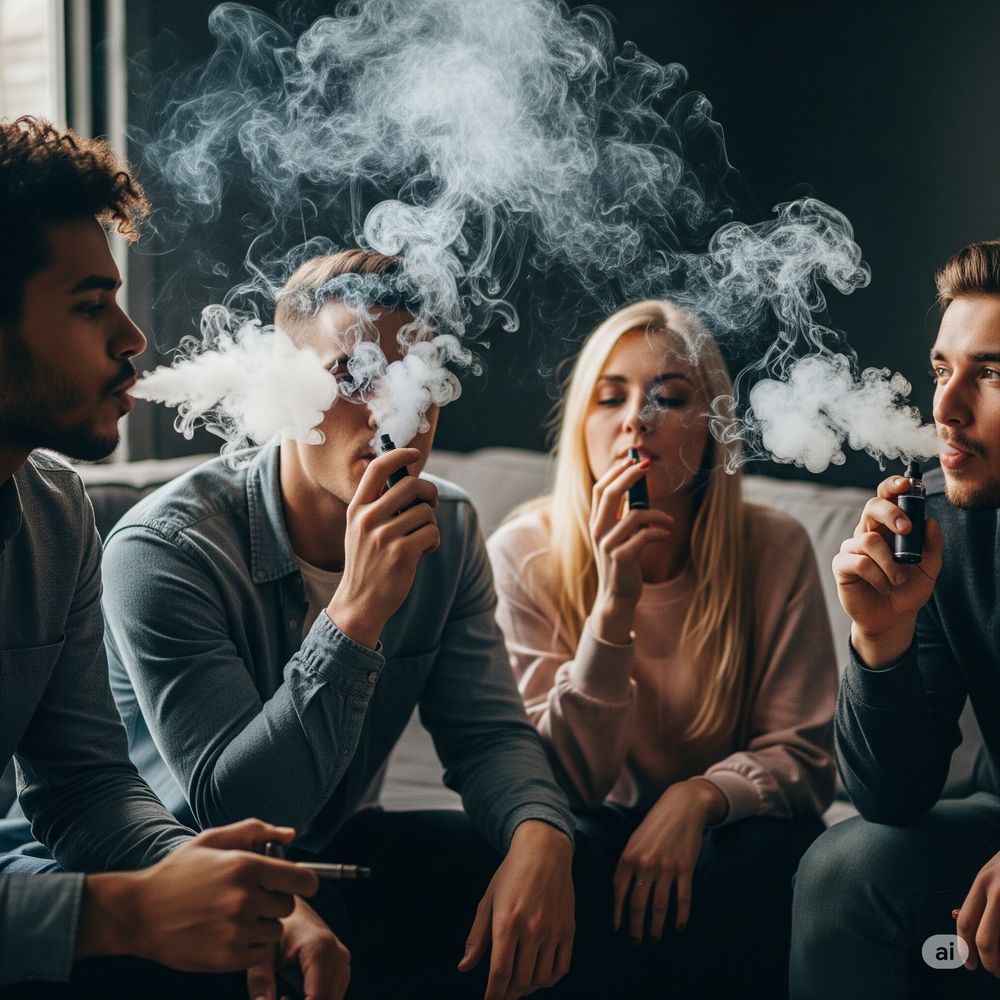Music Videos Fueling Inhale Imagery
Inhale imagery has become a prominent theme in music videos, shaping visual trends and influencing audience perceptions. This phenomenon reflects how artists use symbolic visuals to convey mood, identity, and cultural narratives. Often, smoke and vapor create dramatic effects, enhancing storytelling through atmospheric layers. As a result, these visuals impact both fans and the broader public, blending entertainment with lifestyle elements. The integration of such imagery highlights the evolving relationship between media, symbolism, and consumer behavior in modern culture.
Inhale Imagery’s Role in Shaping Visual Trends
The presence of vapor and smoke in music videos offers directors creative tools for mood-setting and aesthetic appeal. These elements often signify rebellion, mystery, or coolness, resonating deeply with target audiences. Moreover, visuals featuring vapor devices generate cultural associations that transcend mere props. Through repeated exposure, viewers associate these images with certain lifestyles and identities, reinforcing their symbolic weight. Consequently, music videos function as powerful platforms for embedding inhale imagery into popular culture.
Furthermore, innovative filming techniques amplify the impact of such visuals. Slow-motion shots, backlighting, and contrast adjustments highlight the ethereal quality of vapor. This enhances emotional engagement, making scenes more memorable and immersive. Simultaneously, collaborations between musicians and brands have surfaced, linking products directly to visual storytelling. Such partnerships underscore the commercial significance of inhale imagery in entertainment media.
Cultural and Social Implications of Vapor Visuals in Media
Visual storytelling through vapor imagery contributes to shifting attitudes toward lifestyle choices. These depictions can glamorize inhaling behaviors, subtly influencing youth culture and social norms. Meanwhile, critics raise concerns about potential glamorization effects, urging responsible media representation. Nevertheless, these visuals undeniably shape dialogues around identity, freedom, and expression in the digital age.
On a community level, fans often replicate these imagery styles in social media content, creating cycles of influence that reinforce subcultural aesthetics. This interaction highlights how media visuals extend beyond screens into daily life, impacting fashion, language, and behavior. Ultimately, the role of inhale imagery in music videos illustrates broader trends in cultural expression and media influence today.













